Retro Replay Review
Gameplay
Déjà Vu: A Nightmare Comes True!! introduces players to a point-and-click interface that was groundbreaking at the time of its release. The multi-window system allows you to interact with the environment, inspect items, and review your inventory all at once. This layered approach gives you freedom to explore each room in greater depth than standard text adventures of the era.
(HEY YOU!! We hope you enjoy! We try not to run ads. So basically, this is a very expensive hobby running this site. Please consider joining us for updates, forums, and more. Network w/ us to make some cash or friends while retro gaming, and you can win some free retro games for posting. Okay, carry on 👍)
Mouse support streamlines the experience, replacing tedious typed commands with intuitive clicks. You can examine objects, combine inventory items, and navigate menus with a few swift motions. This accessibility lowers the barrier to entry for newcomers, while still offering enough depth for hardcore adventurers who enjoy methodical puzzle-solving.
The puzzles strike a balance between logical deduction and creative experimentation. You’ll need to piece together clues, decode messages, and uncover hidden pathways to advance. At times the trial-and-error nature can feel unforgiving—misplaced steps can trigger a game over—but each setback teaches you more about Theodore “Ace” Harding’s predicament.
Inventory management is straightforward yet critical to success. Your gun, notes, and collected evidence must be handled carefully, as some items can be used only once or combined in specific ways. Juggling these resources under mounting pressure from the police adds a satisfying layer of tension.
Overall, the gameplay in Déjà Vu is a masterclass in user-friendly design for classic adventure titles. While modern gamers might find the pace deliberate, the reward of solving each mystery and progressing through the narrative remains compelling decades later.
Graphics
Déjà Vu employs crisp bitmapped graphics that stood out in an era dominated by text. The monochromatic, high-contrast art style evokes the gritty ambiance of 1940s Chicago. Though rudimentary by today’s standards, each scene is meticulously drawn to convey mood, whether you’re nursing a bruised eye in the seedy pub restroom or skulking through a dimly lit alley.
The multiple windows enrich visual storytelling. One pane displays the main scene, another shows your inventory icons, and a third provides descriptive text. This layout keeps you constantly aware of both your surroundings and your resources without obscuring the central action.
Character portraits and item sprites are simple but evocative. Theodore’s fedora-clad silhouette and the lifeless body on the pub floor are rendered with enough detail to spark the imagination. Environmental touches—a flickering neon sign, swirling cigarette smoke—add noir flavor even on low-resolution displays.
Loading times between screens remain brief, and transitions are smooth. There’s no animation per se, but subtle cursor changes and sound effects—gunshots, footsteps, the creak of a door—compensate for static images, enhancing immersion.
While the graphics cannot compete with modern pixel art or high-definition 3D, they hold a nostalgic charm. For those interested in gaming history, ICOM’s bitmapped visuals offer a fascinating snapshot of early graphical adventure design.
Story
The narrative kicks off in December 1941, with private detective Theodore “Ace” Harding waking up in a grimy bar restroom—no memory of his identity or how he got there. This instant-amnesia hook thrusts you into a mystery from the first moment, driving curiosity and suspense.
As Ace ventures upstairs, he discovers a murdered man with three bullet wounds—and soon realizes the gun in his pocket is missing those very rounds. From that point on, the race is on to piece together what happened before the police catch you red-handed. The setting of wartime Chicago, rife with corruption and shadowy characters, intensifies the stakes.
Dialogue and narration are sharp and terse, reflecting the noir tradition. You interview shady bartenders, bribe informants, and break into locked offices in search of clues. Each conversation branch can yield vital evidence or false leads, making attentive reading and note-taking essential.
The storyline unfolds at a deliberate pace, weaving flashbacks, newspaper clippings, and secret codes into a tightly woven plot. Occasional red herrings can misdirect you, but uncovering the truth feels especially rewarding when you crack a complex puzzle or connect seemingly unrelated details.
Despite its vintage veneer, the tale of Déjà Vu remains engaging. Themes of identity, betrayal, and redemption resonate, and the climax delivers a satisfying payoff that ties all narrative threads together.
Overall Experience
Playing Déjà Vu: A Nightmare Comes True!! today is like stepping back into a formative era of adventure gaming. The combination of mouse-driven controls, multi-window interface, and atmospheric bitmaps continues to delight fans of interactive fiction. You feel like a true gumshoe, rifling through drawers and tailing suspects in a dark, rain-soaked city.
The learning curve can be steep for those accustomed to modern conveniences such as hint systems or autosave points. In Déjà Vu, saving your game often and experimenting fearlessly are part of the ritual. While occasional dead ends may frustrate, they also heighten the thrill of eventual success.
The game’s longevity speaks volumes: this title inspired future ICOM classics like Shadowgate and Uninvited, laying the groundwork for the evolution of graphical adventures. Hardcore enthusiasts will appreciate the historical significance, while newcomers can still enjoy the rich puzzles and compelling narrative.
In terms of value, Déjà Vu offers dozens of hours of gameplay, especially if you aim to uncover every clue and explore alternate puzzle solutions. Its audio-visual package may be modest, but the intellectual challenge and immersive noir atmosphere more than compensate.
Ultimately, Déjà Vu: A Nightmare Comes True!! remains a must-play for aficionados of classic adventure games and detective stories. It’s an enduring example of early innovation in interactive storytelling—a true hidden gem for anyone seeking a memorable journey through 1940s intrigue.
 Retro Replay Retro Replay gaming reviews, news, emulation, geek stuff and more!
Retro Replay Retro Replay gaming reviews, news, emulation, geek stuff and more!
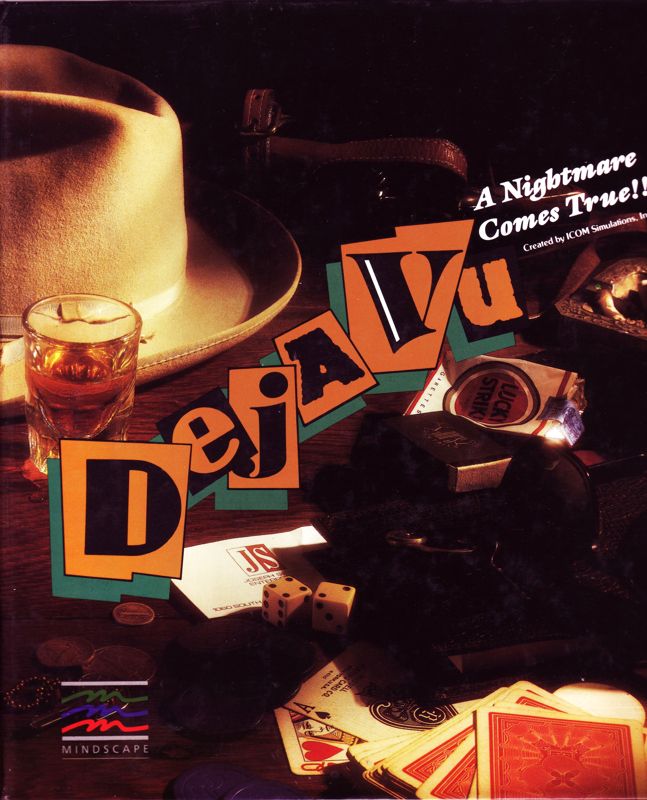
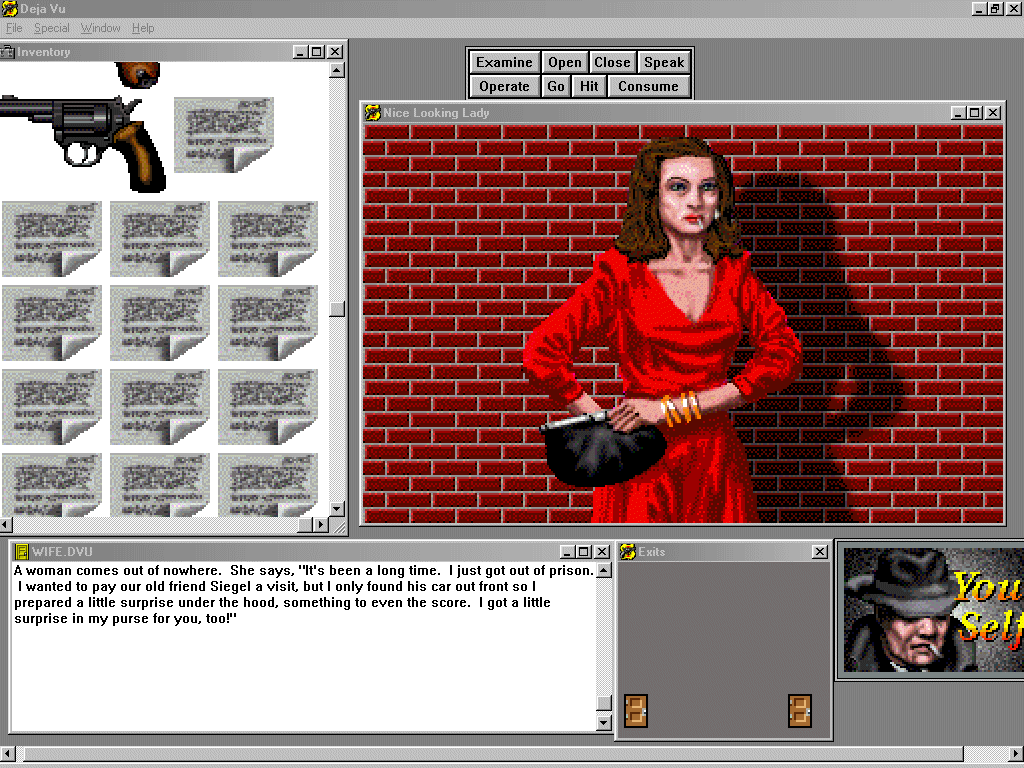
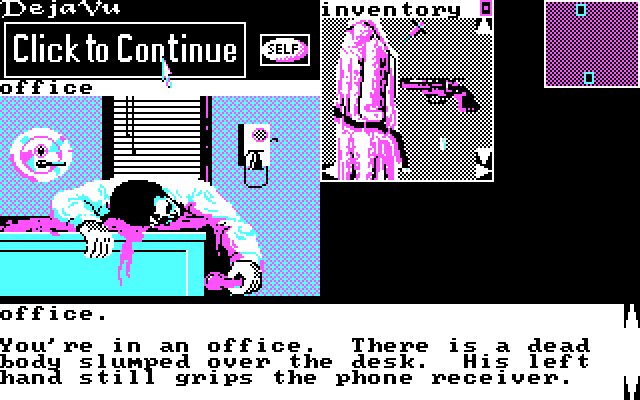
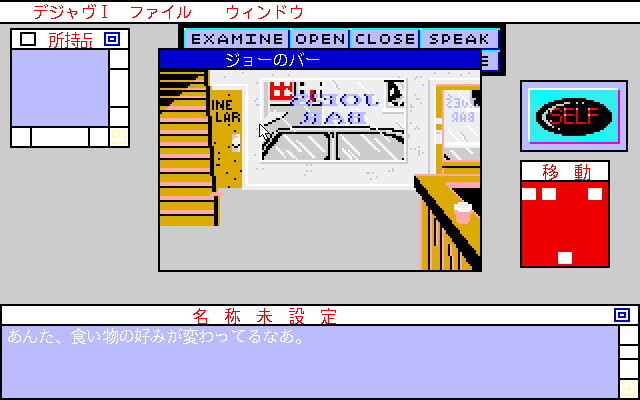
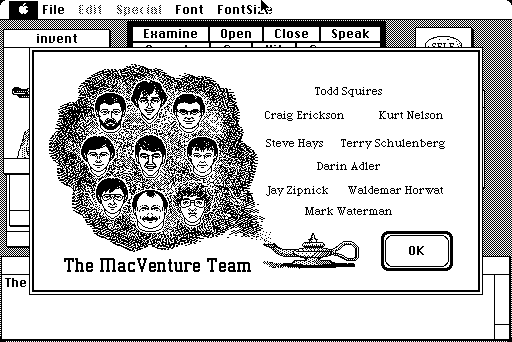
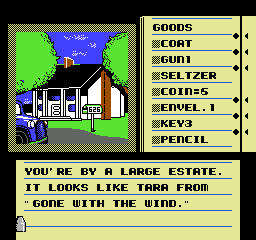



Reviews
There are no reviews yet.